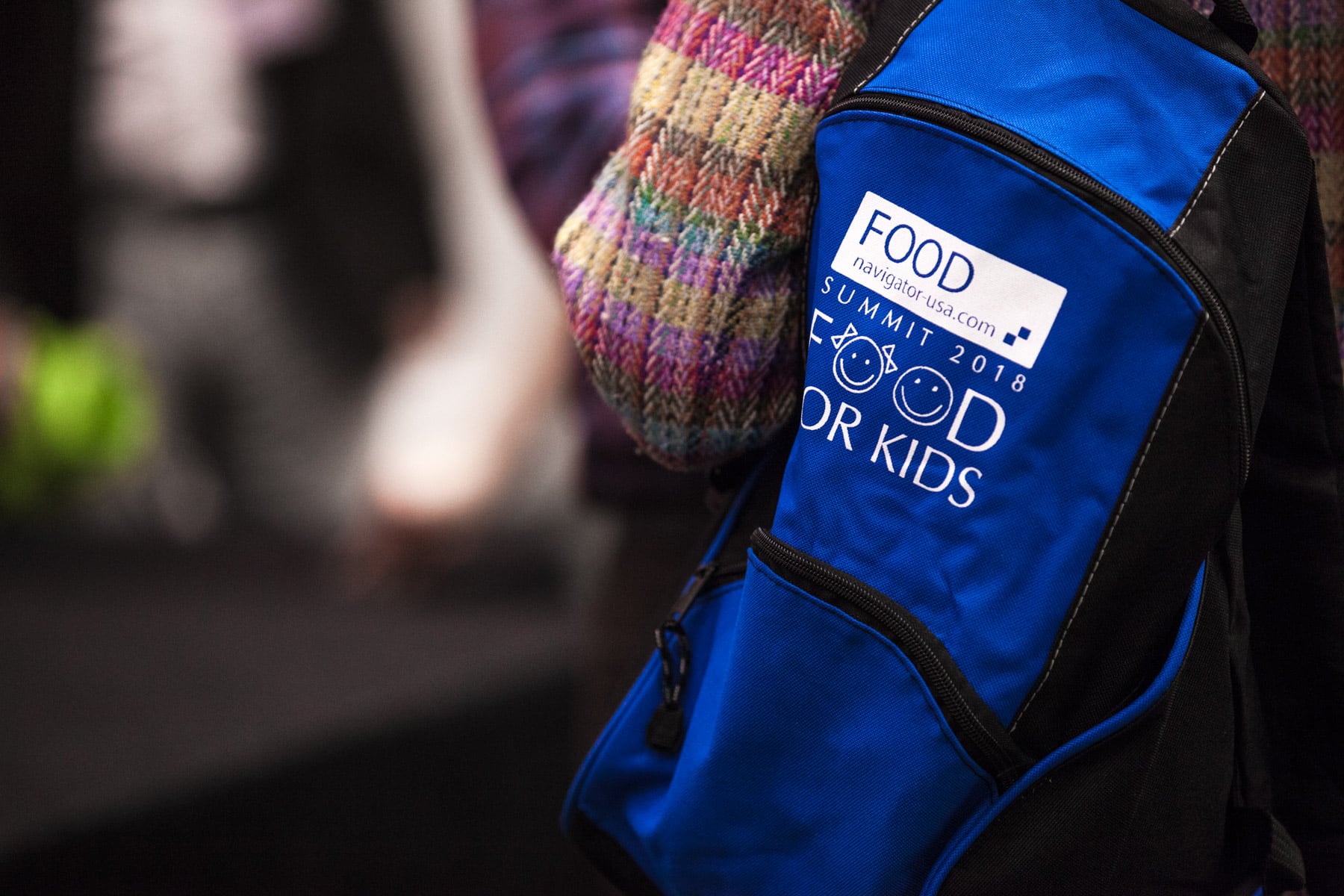"By the age of two, dietary patterns are fairly set," Dr Erin Quann, head of medical affairs at Gerber/Nestlé Nutrition, told FoodNavigator-USA at our FOOD FOR KIDS summit in Chicago earlier this month.
"They start forming during that instrumental complementary food period when children are first being introduced to solids at about six months. Within that short window of up to 24 months, that really sets the stage for the foods that they’re likely to continue to eat for the rest of childhood and into adulthood."
According to Dr Quann, the first step is identifying where the nutritional gaps are and areas of opportunities to foster healthy eating habits from the child's very first days through the preschool years, when they start to assert more independence and opinions about the food they eat.
Nestlé's Feeding Infants and Toddlers Study (FITS) has done a lot of the heavy lifting on assessing the status of young kids' (from birth to four years) dietary patterns. FITS is the largest dietary intake study of US children surveying 10,000 parents and caregivers over every six years since 2002.
The other piece of establishing healthy eating patterns for young children is guiding parents through the process during what can be a busy and at times, stressful period, she added.
"Parental support is something we know that can help and guide to make good choices," Dr Quann said, adding that Nestlé/Gerber provides on-demand parental support through its Dotti support network where parents can text baby and child nutrition experts such as local lactation consultants and registered dietitians.
Progress and areas to improve
The latest survey's findings completed in 2016 showed areas of improvement in young children's eating habits.
The amount of mothers breastfeeding increased in 2016 compared to 2002, and the number of children eating whole grains on any given days rose to 59%. More children are also eating whole fruits and less fruit juice compared to previous studies.
However, there are some key nutrients and foods that infants and toddlers are still not consuming enough of, Dr Quann pointed out.
According to Dr Quann, historically iron-fortified cereal was a common way parents introduced iron into their baby's diet, but that isn't as common anymore.
"Today we see that only 50% are getting infant cereal in their diets and very few are eating other naturally occurring iron rich foods as well," Dr Quann said.
"What that’s resulted in is that nearly 20% of babies in the US today are falling short on iron, a key nutrient for brain development."
Vegetable intake is still a struggle, the study also revealed.
"Another finding that we see both in infancy as well as all the way through toddlerhood and the preschool years is that 27% of kids today don’t eat a discrete portion of vegetables [on any given day]. And for those who do, French fries persist as the No. 1 vegetable in their diet."
Introduction to sweet foods including sugary drinks, sweet bakery items, candy, and dairy-based desserts was very prevalent once children hit age two with 90% of 2- to 4-year-olds consuming sweetened food and beverage items.
Solution in snacking?
Preschool-aged children get at least one-third of their calories from snack food, presenting an opportunity for parents to seek out healthier snacking options and for the industry to continue to formulate products specific to young kids' nutritional needs.
"When parents often think of snacks as an in-between meal and something to tide them over, we’re really trying to flip that over and say, 'how do we make every little bite count?'," Dr Quann said.
"I think one thing that’s often forgotten is that young children, specifically infants and toddlers, aren’t just little adults. They have specific nutritional needs and the foods that are developed for this age segment really need to be developmentally appropriate as well."




